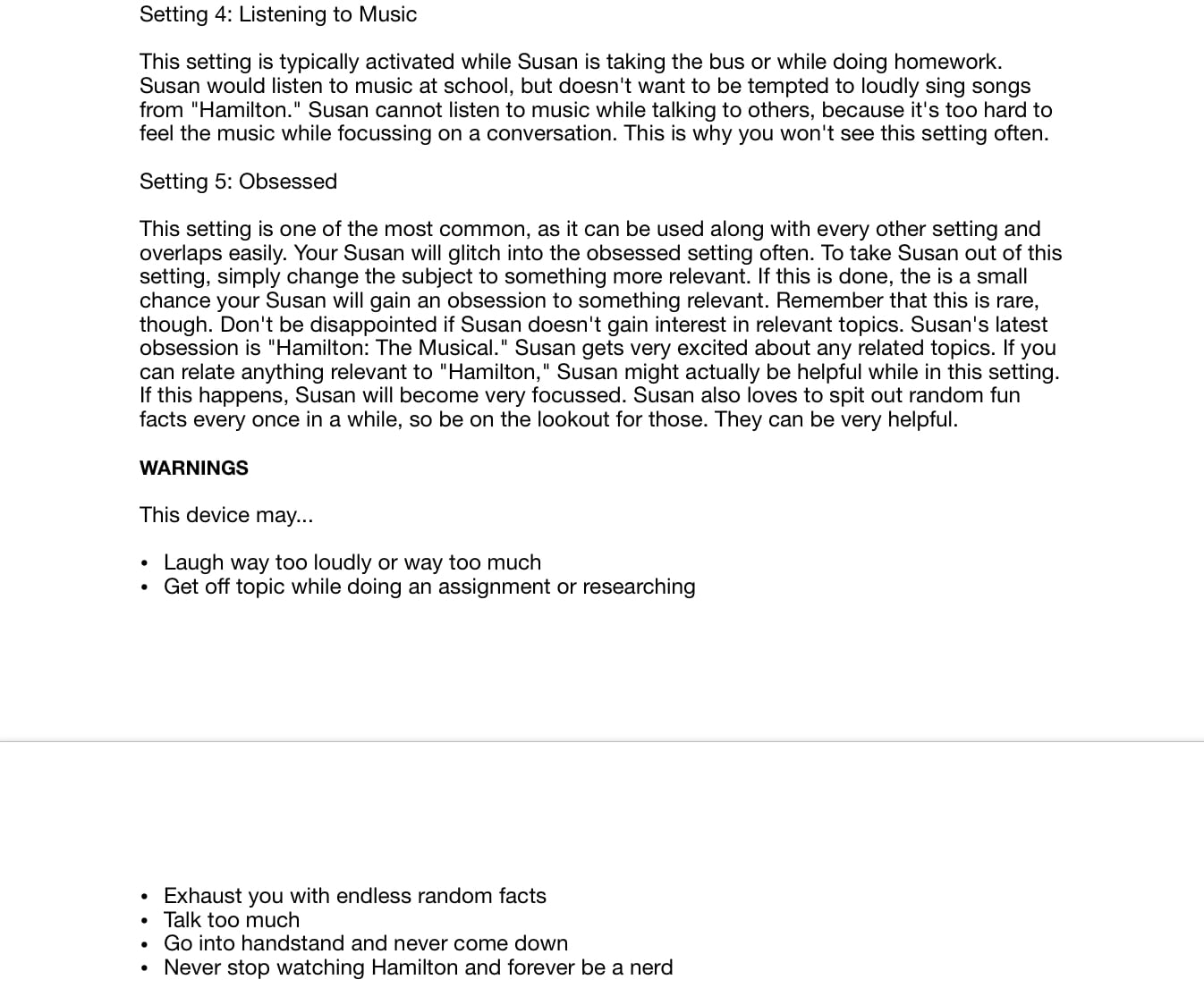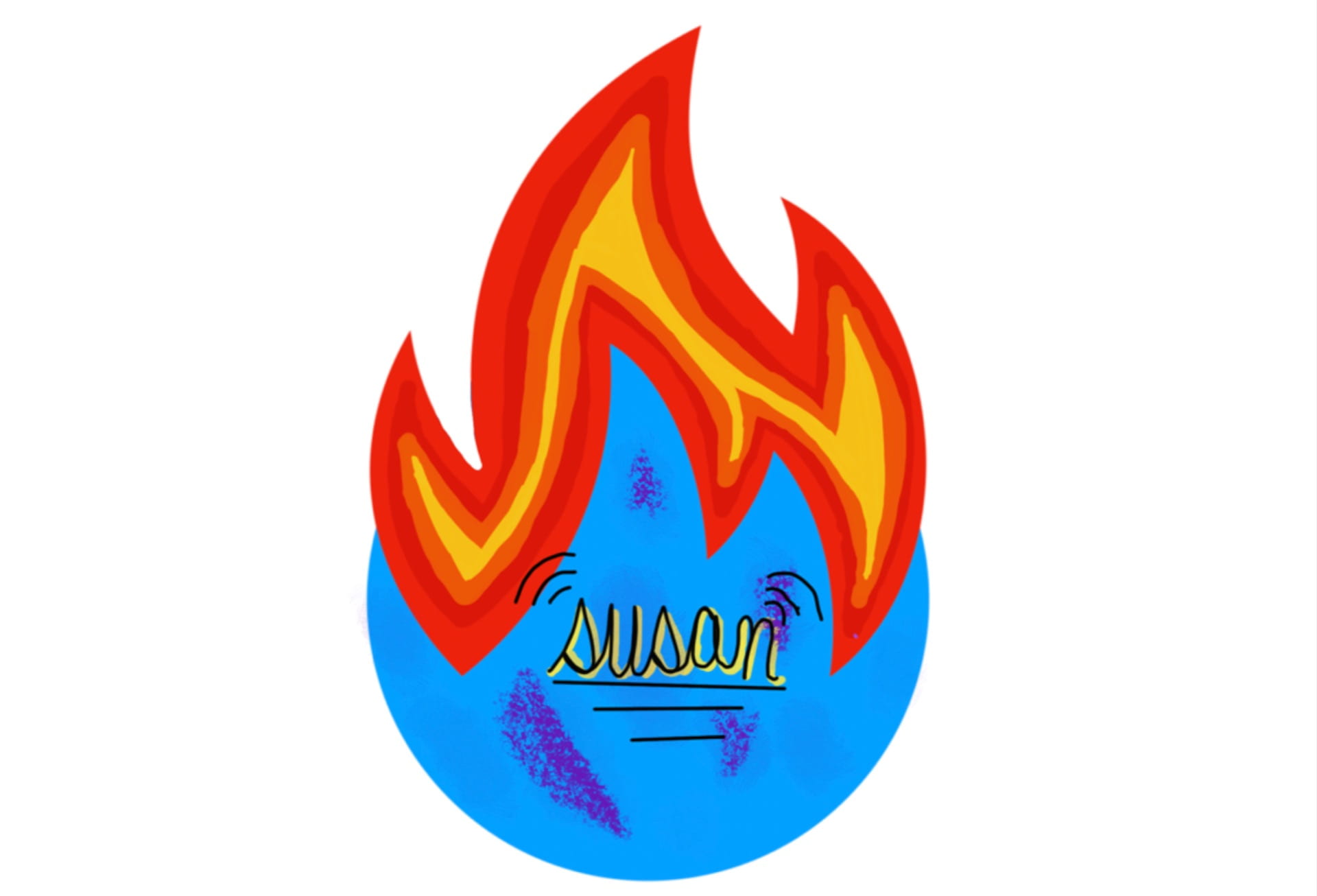This “project” technically wasn’t a project. There was no driving question and how I would describe it would be “a series of activities to learn about art.” For the section that I just completed, I was in Carr, the group all about drawing and art. In this blog post, I will keep it short and simple. We did many activities to learn about drawing and art, using the app “Sketches Pro.” The main purpose of these activities was to learn how to communicate through art. In each slide of the following slideshow, I have included a caption telling you what I learned during each activity.
Monthly Archives: November 2021
Tectonic Chances: A Summative Post
How are thematic and mathematical elements used in game design? That’s the question, isn’t it. Well, we’ll answer it later. For now, I’m going to talk about how I learned the answer. For this project, I worked with Naomi. We built a board game, which we called “Tectonic Smash.” In this blog post, I will include the game outline and I’ll be answering the driving question.
The game outline consists of four parts: the pieces, the evidence, the turn and some examples of probability. We’re going to start with the pieces. The game included these items: Next, I will talk about the evidence. In this case, evidence means proof of tectonic movement within the game. Some proof of tectonic movement is volcanoes, mountains, earthquakes, and sea floor spreading. It also literally had plates that you moved within the turn, so that one’s kind of obvious.
Next, I will talk about the evidence. In this case, evidence means proof of tectonic movement within the game. Some proof of tectonic movement is volcanoes, mountains, earthquakes, and sea floor spreading. It also literally had plates that you moved within the turn, so that one’s kind of obvious.
Now, I’m going to talk about the turn. The board is split up into four quadrants, with one player at each. At the start of your turn, make sure that you are holding seven cards. If you aren’t, pick up cards from the pile until you have seven. At the start of your turn, the wise thing to do is analyze the board. What types of boundaries are each plate? are they even overlapping/far apart? Is there already a hotspot token on the board? If so, make sure to use that information strategically. Now, in your turn, you will place down a card. You can start with a plate boundary card, or if there’s already a useful plate boundary that fits your requirements, you can place down an attack or defense card (ex. if there’s a divergent plate boundary already on your quadrant of the board, you can place a sea floor spreading card there to revive one heart.) If you’re placing a card to attack someone, you must place it in their quadrant of the board. Make sure to roll the die to make sure your attack is activated. Instead of placing a boundary card, you could instead place a hotspot token or an epicenter token. Once you have attacked or placed a plate boundary, and (if applicable) revived hearts, then your turn is over.
Lastly, I have some examples of probability in the game. This is showing the chances of getting a certain combination
- Pulling an earthquake card and able to attack with it: 5/90 (How did I get this? Probability of drawing an earthquake card= 5/45. Probability of rolling even numbers= 1/2. 5/45 x 1/2=5/90)
- Pulling a volcano card and not able to attack with it: 5/90 (How did I get this? Probability of drawing a volcano card = 5/45. Probability of rolling even numbers = 1/2. 5/45 x 1/2 = 5/90)
- Pulling a volcano card or protection card: 7/45 (How did I get this? Probability of drawing a protection card = 2/45. Probability of drawing a volcano card = 5/45. 2/45+5/45=7/45.)
Now it’s time to talk about the core competencies.
Evaluating: demonstrate an understanding and appreciation of evidence.
In this project I demonstrated this competency by including important things in the game, such as sea floor spreading.
Questioning and predicting: demonstrate a sustained intellectual curiosity about a scientific topic or problem of personal interest.
I demonstrated this core competency by doing extra research at home. I was interested in the topic as soon as the project started, and after school that day I read quite a few articles about it.
Understanding and solving: develop, demonstrate, and apply mathematical understanding through play, inquiry, and problem solving.
I demonstrated this core competency by showing how I was able to apply probability to the game (above.)
Now I’m going to try to answer the driving question. Remember, the question is, “How are thematic and mathematical elements used in game design? Well, as you can see above, there’s probability used within drawing cards and rolling dice. When that’s in a game, you can use mathematical elements to determine the chance of each possible outcome.
So that was my blog post. I hope you enjoyed reading about this project and my game!
Becoming a PLP Learner Summative Post
How do I build and strengthen the PLP learning team? Good question. This question is actually the driving question for the project we just completed, which was called Becoming a PLP Learner. This project was all about me and how I work in a team. We did three milestones, which were the team contract, the big life journal, and the user manual. In this post, I will be talking about and reflecting on the things I did.
Here’s an overview of what I will talk about, in order. I will start by talking about one of the very first things we did, which was the big life journal. Then, I will talk about my user manual. The penultimate item I will reflect on will be my teamwork contract, and the final thing I will talk about is my Keynote presentation.
This is my big life journal. The big life journal was mainly about who I am. Of course, since it’s a 5 chapter workbook, I can’t show you everything, so I’ll show you my 3 best works, which I showed in my Keynote presentation. This time, you are able to see the original and the presented version, though. The three works I’m showcasing are my dream board, my interest brain, and my life playlist. These are important to me because they represent who I am and what I like to do.


This is my user manual. The purpose of the user manual was to tell others who I am, so that they can understand me and know more about me. I’m including most of it here for you to see. I personally enjoyed this milestone a lot, because I love to write. The user manual showcases who I am because it includes my hobbies and interests and how they affect my everyday life.



This is my teamwork contract. The purpose of this is to show what we could do better at, and what the solution will be, and to show our strengths in working in a team. As you can see, I colour coded it. Words in purple are strengths, words in red are weaknesses, and words in yellow are neutral. I enjoyed creating my teamwork contract, and I feel that it accurately reflects how I work in a team.
This is my Keynote presentation. On Wednesday, October 20th, I presented it to the PLP 8 Parents in an exhibition. Since you’re reading this, you probably either couldn’t make it to the exhibition, or you’re looking back on this. So I recorded a video with my presentation. If you turn up your volume, you’ll be able to hear me guide you through the presentation. I thoroughly enjoyed this milestone for two main reasons. The first is that I was able to showcase my skills with the iPad and design my slides in my preferred way, and the second reason is that I like presenting.
So, now I’m going to try to answer the driving question. How do I build and strengthen the PLP learning team? Well, firstly, I’m very good with technology. I’ve always liked technology and using it in general. I’m also able to work well in a team. In conclusion, I build and strengthen the PLP Learning team with my skills in technology and teamwork.





